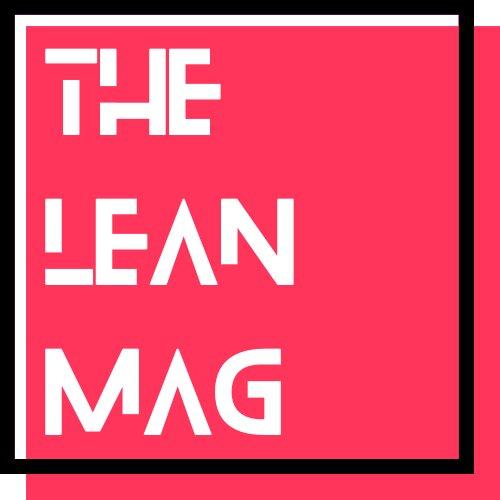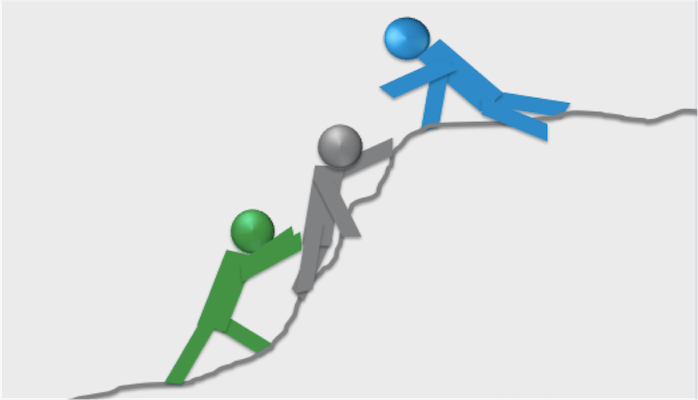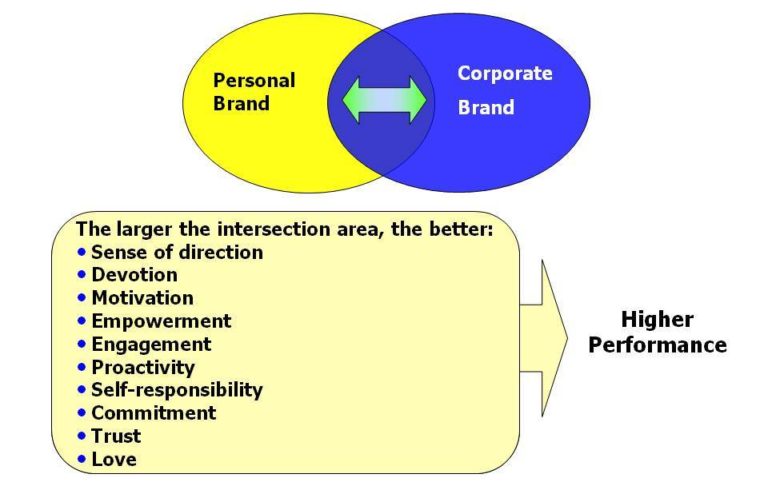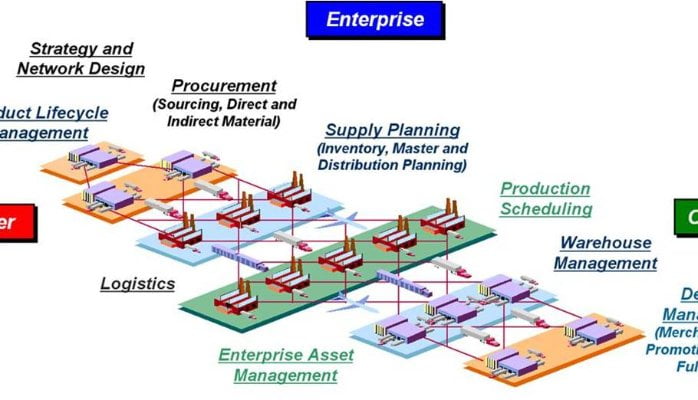Process Excellence at Life and Play
I have been inspired by Benjamin Franklin, who said: “Either write something worth reading or do something worth writing”. I believe I have discovered some tricks to make life more efficient, which I would like to share with you. This article is for anyone who wants to excel at what they do, at work and play.
What comes to mind when you hear the words “Project Management” or “Lean Six Sigma”. Well, first thought might be, “That sounds too techie”, “Oh I know Six Sigma. Isn’t that the one with all belts like in karate – yellow belt, green belt, black belt?” Or you might even say “Sorry, not interested!” I frequently get all of these responses whenever I discuss these topics at group discussions, seminars or with friends and colleagues at work. As a lifelong practitioner of six sigma and a process excellence consultant for 10 years, I am here to tell you that, neither of these terms are “too techie” or “uninteresting”. These methodologies could even be your way of life, once you learn about them. Did you ever realize that you are already a project manager yourself, when you take care of your household chores or plan a vacation? Well, you are! You are already a Lean Six Sigma practitioner when you plan your grocery shopping so as to not have any waste at the end of the week! Sounds interesting?
Most of us don’t realize the significance of the ordinary tasks we accomplish in our daily life, but I would like to highlight some of them and discuss how they relate to project management principles and Lean Six Sigma.
What is Process Excellence?
Achieving excellence is not an accident. One needs to be a constant learner, adapting and cultivating ongoing process improvement, to reach this often elusive goal. This process demands adaption of certain tools and methodologies like Lean Six Sigma (LSS) and effective project management principles. When we talk about LSS, it is always either Define-Measure-Analyze-Improve-Control (DMAIC) or Define-Measure-Analyze-Design-Verify (DMADV) structure that comes to our mind (atleast to a certified LSS practitioner). However, I would like to highlight some alternatives where you won’t necessarily follow these structures. Methodologies like six sigma are often used in large scale industries like the Fortune 500, ISO and CMMI level organizations. However, they prove their significance in small business and daily life as well.
- What is Lean Six Sigma
Lean Six Sigma (LSS) is a knowledge source of tools and methodologies that enable attaining and maintaining a perfect balance between Cost, Quality and Time of the product or service provided.
- Lean focuses on Waste reduction
- Six Sigma focuses on Preventing or Reducing defects through problem solving
Both combined together form the success formula of tools to achieve Business Excellence.
- LSS: What’s in it for you – More with Less
As a happy customer, I’m sure most of us always looks for ‘More with Less’, starting from daily living expenses, entertainment and employment to vacations etc. Being a Business Owner or a Process owner, you can adapt this principle too. This principle is what Lean Six Sigma is all about.
Try the below exercise, as per Loyer, C. (2011, June 03) who states – “In majority of cases, the process to improve is already known and identified, so starting with the Process step is easier and engages the team straight away.”
Try it out: Are you a Project Lead or a Project member or student, who always uses or wants to try a Supplier-Input-Process-Output-Customer(SIPOC) to define roles and create process flow for a project? Why not give a twist to your SIPOC and perform a PISOC next time.
- Lean Six Sigma Tools:
The knowledgebase of Lean Six Sigma is vast, comprising of various tools and methodologies, which are tailored and implemented according to problem identified. Following are some of the most commonly used tools that provide an insight into the functionality of LSS Projects.
- Brainstorming – A methodology used to generate Ideas of process improvement or identify problem areas.
- 5-Why’s and Fish-bone Diagram – Root Cause Analysis tools used to identify Root Cause amongst many inter-related causes, of a given problem.
Try it Out: If you have a problem in your daily life, for which you do not know the actual cause, try to ask the question “WHY” at 5 different levels. Initial WHY results in an answer, now ask WHY again and so on. It is a common practice for Lean Six Sigma projects, to identify root causes based on this technique. Are you interested to know how 5-WHY’s saved the Jefferson Memorial in Washington D.C. from deteriorating? Check out this video: https://tinyurl.com/y8mdhjdn
- Failure Mode Effects Analysis (FMEA) – Risk Assessment and Management tool, used to identify and resolve high-priority risk areas within a process/business.
- Voice of the Customer (VoC) – A methodology used to capture the customer complaints, feedback and improve existing processes, towards gaining increased customer satisfaction.
- VA/NVA Analysis – Waste removal tool, used to cleanup a process, by identifying what are value-add steps and eliminating non-value add steps. This tool often results in cost- savings at home as well as work.
Try it Out: Did you ever realize or wonder how you can avoid the wastage of goods/groceries at home or workplace? Try this out – List all the items that you purchase regularly and mark which are value-adds(need to have) and which are non-value adds(good to have). Now try to keep the non-value adds as minimal as possible and avoid if you can work without it. Once you try that, calculate the savings you have made by not purchasing the non-value add goods/items – Voila, You are already a Lean Practitioner and Process Expert!
Becoming a process expert is a continuous journey. Once you start cultivating evolution and change for efficiency, process improvement naturally follows. From following our dreams and aspirations, to taking care of our family and loved ones, we always strive for perfection. The lean six sigma tools and methodologies enable us to achieve this perfection at all steps of work and life. I encourage you to apply them in daily life and strive for excellence!
By Kiran Yella
With a Masters Graduate in Engineering Management and B.S. in Computer Science, Kiran Yella has been successfully supporting Business Units with cost savings through Lean Tools: by reducing Turnaround Time, reducing defects and costs incurred. She is also serving as the ISO Internal Auditor with over 5 years experience managing Quality Management Systems through audits; SOP/WI draft, approval & reviews; CAPA assignment, review & closure.
Connect with her on LinkedIn.








